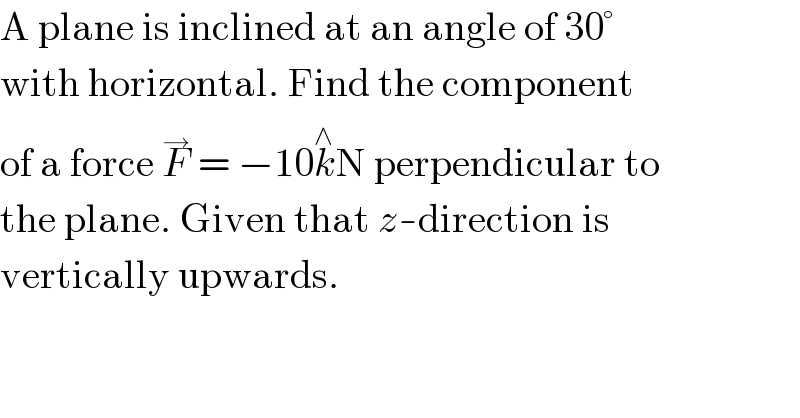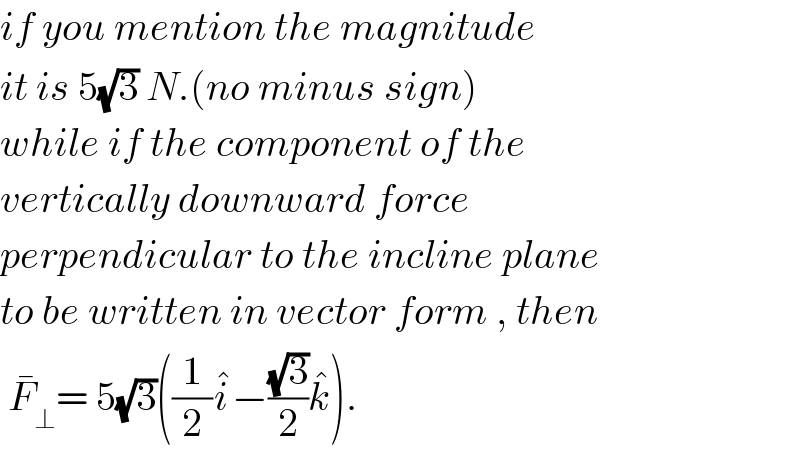Question Number 14923 by Tinkutara last updated on 05/Jun/17

Answered by ajfour last updated on 10/Jun/17

Commented by Tinkutara last updated on 10/Jun/17

Commented by ajfour last updated on 10/Jun/17

Commented by Tinkutara last updated on 10/Jun/17

Commented by ajfour last updated on 10/Jun/17

Commented by Tinkutara last updated on 11/Jun/17

